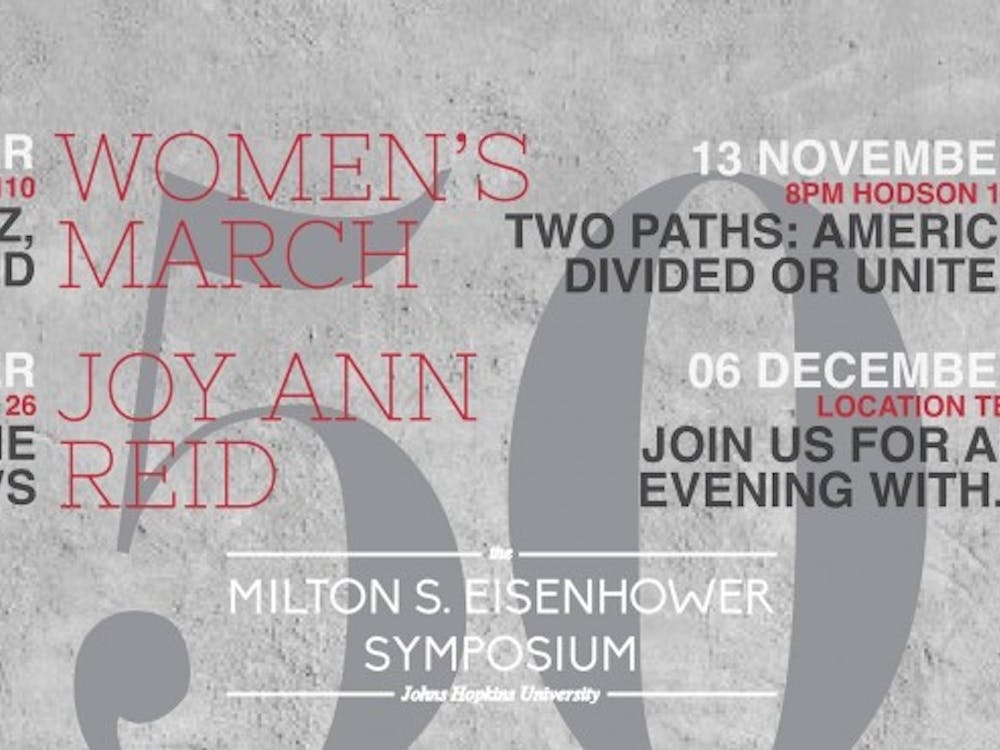The fountain of youth has been sought after for millennia but has yet remained elusive. Not even Alexander the Great, who searched for it in the third century B.C., could prove successful in his conquest. However, new research has indicated that it is possible to reverse many of the effects of aging simply by engaging in regular aerobic exercise.
As we age, the outermost layer of skin — called the stratum corneum — begins to thicken, while the layer beneath it, the dermis, begins to thin. As a result, skin becomes drier and denser and loses its youthful appearance.
Dr. Mark Tarnopolsky, a professor at McMaster University, set out to test if it was possible to reverse this process.
In the study that he oversaw, 29 volunteers ranging in age from 20-84 had their skin samples biopsied. Overall, younger participants had thinner outer layers and thicker inner layers, as expected. However, when skin samples were sorted by exercise level, researchers found that some of the older participants had skin composition similar to that of younger participants.
After these preliminary findings, Dr. Tarnopolsky’s team investigated further. They took skin sample biopsies from subjects who were aged 65 or older and gave them an exercise program to follow. The participants exercised at a moderately strenuous pace for 30 minutes twice a week. After three months of this program, skin samples were again collected from the subjects. The inner and outer layers resembled samples from the 20- to 40-year-old age range.
Through the duration of the study, scientists found that levels of a substance called IL-15 myokine increased by around 50 percent. It is believed that myokines, which enter the bloodstream and cause changes at the cellular level, could be responsible for the changes in skin composition that were observed.
In another study, which was published in the Journal of Physiology, scientists recruited 126 recreational cyclists between the ages of 55 and 79. At the beginning of the study, which was conducted at King’s College London and the University of Birmingham, subjects were evaluated on a variety of tests including bone density, metabolic health, memory function and balance.
The results from this group were compared to a control group of relatively sedentary individuals who aged normally. This study found results that were similar to Dr. Tarnopolsky’s: older people who are physically active have bodies that function more like younger people’s bodies.
Regular exercise can also help prevent age related vision loss, according to a study conducted by Emory University. A group of mice that ran on treadmills for an hour each day were compared to mice that remained sedentary. The mice that exercised were found to have higher levels of a growth factor called brain-derived neurotrophic factor, or B.D.N.F. for short, which has been known to contribute to the health of neurons.
After two weeks of the exercise program, half the mice in each of the groups were exposed to a bright light for four hours. The mice that exercised fared far better than the sedentary group, and they retained almost twice as many neurons in their retina.




